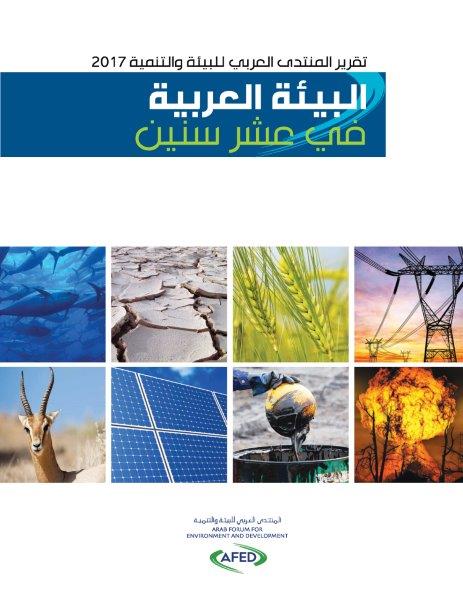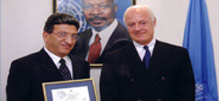| | Clean Solar Panels From Polluting Coal Plants | | Najib Saab
January 2021
Listening to the statements at the annual assembly of the International Renewable Energy Agency (IRENA), held in Abu Dhabi last week, one would think, at first glance, that the world has fully entered the era of clean energy and that the problem of carbon emissions has become a concern of the past | | more... | |
|
|
|
|
|
| | Towards Climate and Environmental Literacy in Arab Countries | | Najib Saab
January 2021
Literacy is a term that refers to the indoctrination of the basic principles of reading and writing, which is essential to secure proper communication among humans. However, climate and environmental literacy is a new concept, based in essence on stimulating good communication between humans and nature, as we cannot treat with love and respect, creatures and things that we do not understand | | more... | |
|
|
|
|
|
|
|
|
|
|
|
|
|
 | | | Arab Environment in 10 Years | | | ARAB ENVIRONMENT IN 10 YEARS crowns a decade of the series of annual reports produced by the Arab Forum for Environment and Development (AFED) on the state of Arab environment. It tracks and analyzes changes focusing on policies and governance, including level of response and engagement in international environmental treaties. It also highlights developments in six selected priority areas, namely water, energy, air, food, green economy and environmental scientific research. |
|
 |
|
|
|
|




